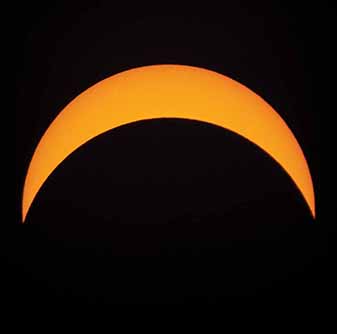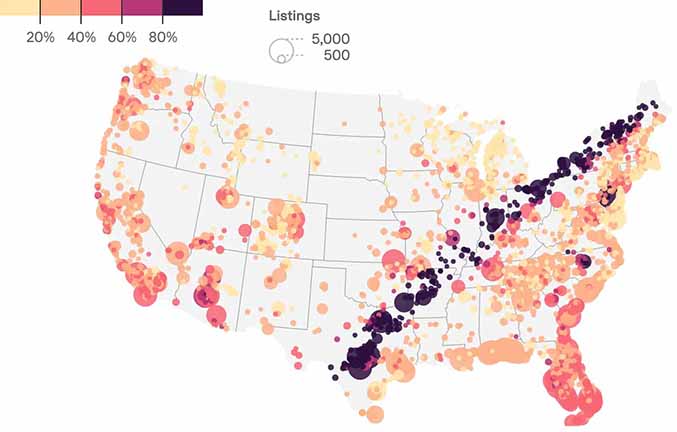
Photo: Jacob Glandon
Solar Eclipse 2024
– Jacob Glandon, Black Oak Films
The long awaited total solar eclipse of 2024 is over. People across the United States and the world traveled to the areas of totality to experience a truly once in a lifetime moment. For the folks in Carbondale, Illinois, this wasn’t their first opportunity to view a total eclipse from the comfort of their backyards. Back in 2017, another solar eclipse swept across the United States, passing through southern Illinois. So the people of Carbondale, in a seven year period, have seen two total solar eclipses. That’s an incredibly rare occurrence in such a short amount of time. While planning their eclipse festivities, Carbondale took advantage of these circumstances and chose, “Once In A Lifetime. Again” as their slogan, something that certainly sums up the rarity of two total solar eclipses. The city is also being called the “eclipse crossroads of America,” after it has had such great luck with the last two eclipses.
Back here in Iowa, we were unfortunately not given the opportunity to view a total eclipse. Iowans did travel to the areas of totality, but myself along with many others, stayed home to view the eclipse. Although it didn’t get completely dark like the areas of totality did, the amount of light reaching Iowa did decrease enough to be noticeable. The temperatures also dropped upwards of 7 degrees in our area despite not losing all of the sun’s light.
Without solar glasses, people would have only noticed the decrease in light and drops in temperatures. It’s amazing to think that hundreds of years ago people may not have had any idea an eclipse was happening if they weren’t within the area of totality.

Graphic: Data: AirDNA; Map: Erin Davis/Axios Visuals
Looking back on the eclipse, we can see the lengths that people went to view it. Airbnbs across the path of totality were completely booked, creating an amazing map that illustrated the amount of people who were staying in the eclipse zone. As the days and weeks go by, we will surely hear about more stories about the experiences of people who made their way to see the full eclipse.
While the eclipse has come and gone, we still have other astronomical events to look forward to. 12P/Pons-Brooks, or the Devil Comet, is viewable right now until April 21st. It is currently approaching the Sun on its 71 year orbit. The Lyrids Meteor Shower will reach its peak on April 21st and on April 23rd, April’s full moon, the pink moon will reach its fullness. The next total solar eclipse will be on August 12th, 2026 but will only be visible as a partial solar eclipse in parts of the United States. It won’t be until 2044 that a total solar eclipse is seen from the continental United States, but it will only reach Montana and North Dakota. A year later on August 12th, 2045, another total solar eclipse will carve a path from California to Florida but will once again only be visible as a partial solar eclipse from Iowa. By then, a whole new generation will be experiencing a solar eclipse for the first time. I just hope it won’t be cloudy!
